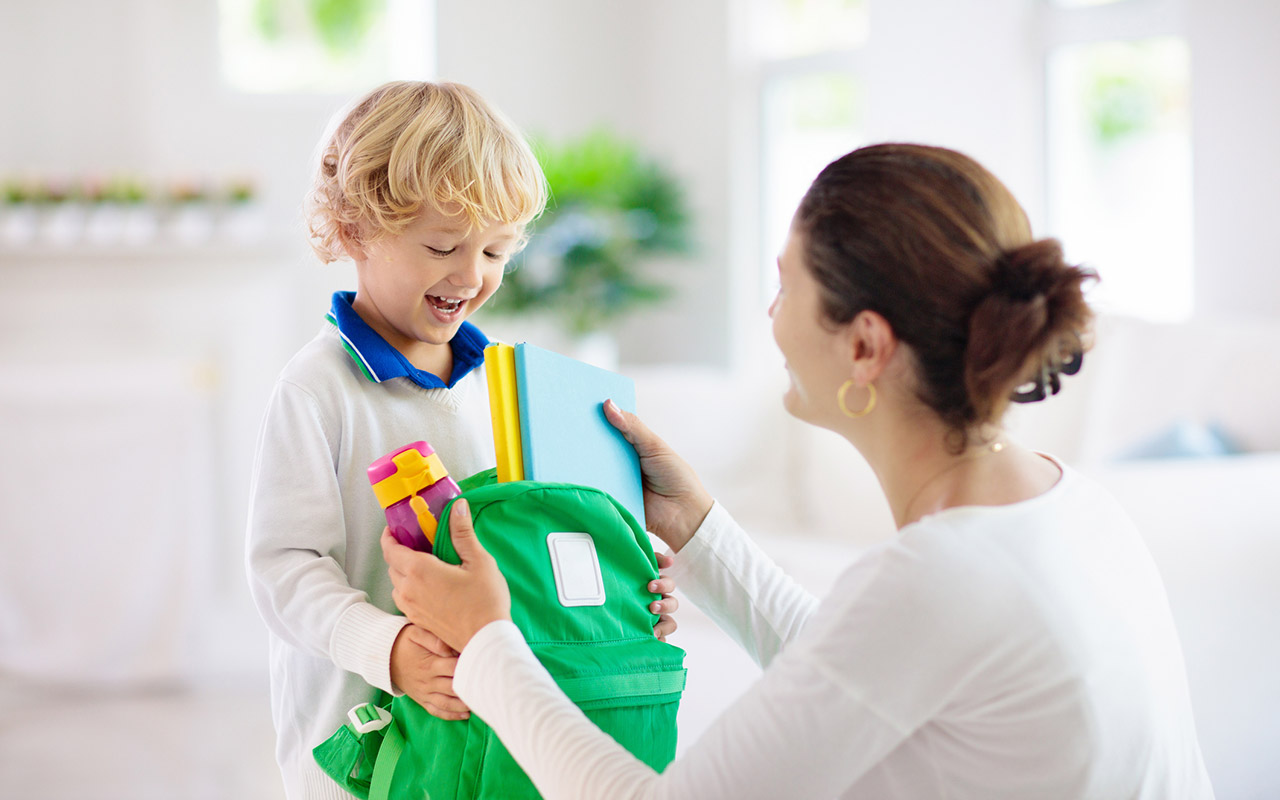
As the school bell rings and students head back to the classroom, parents and teachers alike are focused on ensuring that kids are prepared for the school year ahead. But preparation isn’t just about pencils and textbooks—it’s also about keeping kids healthy and preventing the spread of germs in the school environment. Here are key strategies to help combat germs as students return to school.
Hand Hygiene is Key
One of the most effective ways to prevent the spread of germs is through proper hand hygiene. Encourage children to wash their hands regularly, especially:
- Before eating
- After using the restroom
- After coughing, sneezing, or blowing their nose
- After playing outside or touching shared surfaces
Make sure they wash their hands with soap and water for at least 20 seconds. If soap and water aren’t available, hand sanitizer with at least 60% alcohol can be an effective alternative.
Teach Proper Respiratory Etiquette
Teaching kids to cover their mouths and noses with a tissue or their elbow when they cough or sneeze can significantly reduce the spread of germs. Ensure that they dispose of tissues immediately and wash their hands afterward. Reinforcing this habit at home will help them remember to practice it at school.
Clean and Disinfect Common Areas
Schools and homes should regularly clean and disinfect commonly touched surfaces. This includes doorknobs, light switches, desks, keyboards, and other shared items. Regular cleaning helps to minimize the presence of germs and reduces the chances of students getting sick.
Encourage Healthy Habits
A strong immune system is the best defense against germs. Encourage your child to:
- Eat a balanced diet: A diet rich in fruits, vegetables, whole grains, and lean proteins supports overall health.
- Stay hydrated: Drinking plenty of water helps flush out toxins and keeps the body functioning properly.
- Get enough sleep: Adequate rest is crucial for a healthy immune system. Children should aim for 9-11 hours of sleep per night, depending on their age.
- Exercise regularly: Physical activity helps boost the immune system and maintain overall health.
Stay Home When Sick
One of the most important steps in preventing the spread of illness is to keep sick children at home. If your child has symptoms such as a fever, cough, or sore throat, it’s best to keep them out of school until they’ve fully recovered. This helps protect other students and staff from getting sick.
Promote Vaccination
Vaccinations are a critical tool in preventing the spread of contagious diseases. Ensure that your child is up-to-date on their vaccinations, including the flu shot. Schools should also encourage vaccination among students and staff to create a healthier environment for everyone.
Communicate with Teachers and School Staff
Stay in touch with your child’s teachers and school staff about their health policies. Understanding how the school manages illness, cleaning protocols, and encourages hygiene can help you reinforce these practices at home. It also allows you to be proactive if there’s an outbreak of illness in the school.
Model Good Behavior
Children often imitate the adults around them. By practicing good hygiene and healthy habits yourself, you set a positive example for your child to follow. Make hand washing, healthy eating, and other preventive measures a family affair.
Conclusion
As students return to school, maintaining a healthy environment is crucial for their well-being and academic success. By promoting good hygiene, healthy habits, and staying informed about school policies, parents can play a significant role in combating germs and keeping their children healthy throughout the school year.
